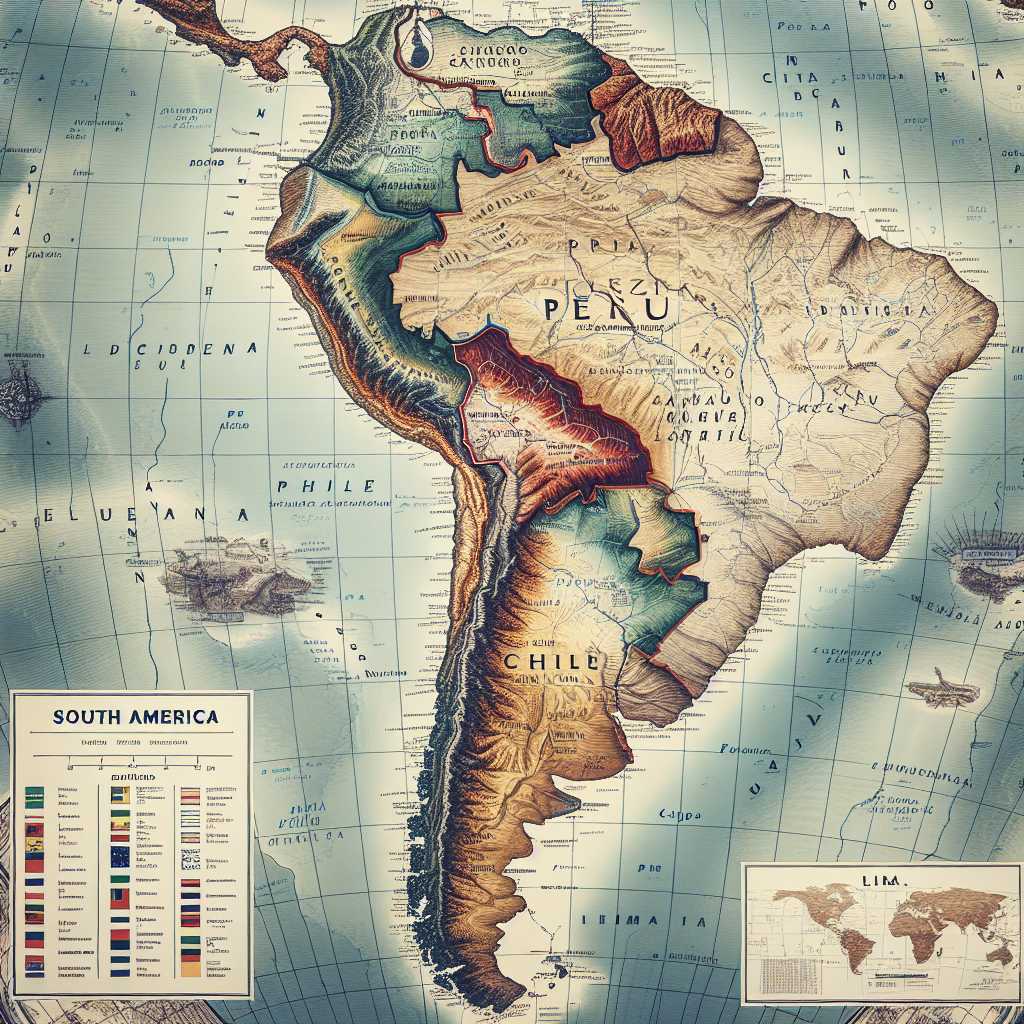Understanding the Complex Dynamics of the Peru-Chile Relationship
Peru and Chile, two neighboring South American countries with rich cultural and historical backgrounds, share a relationship that has been characterized by periods of cooperation, competition, and occasional confrontation. The intricate ties between the two nations span across various dimensions—economic, political, social, and territorial disputes—each adding a unique layer to their bilateral relations.
Historical Context: Wars and Treaties
The relationship between Peru and Chile has been significantly affected by historical events. The most notable was the War of the Pacific (1879-1884), in which Chile fought against Peru and Bolivia over control of nitrate-rich territories. The war concluded with the Treaty of Ancón in 1883, where Peru ceded the Tarapacá province to Chile. Later on, in 1929, the Tacna-Arica compromise further resolved territorial issues between the nations, with Arica being awarded to Chile and Tacna returning to Peru.
Economic Interdependence and Trade Agreements
Economically, Peru and Chile benefit from robust trade relationships with each other, engaging in the exchange of goods and services that are vital to both economies. Bilateral trade agreements have enhanced these economic relations, promoting investments and facilitating easier trade across their borders. In recent history, Peru has become one of the fastest-growing economies in Latin America; likewise, Chile boasts one of the region’s most stable and prosperous economies.
Border and Maritime Disputes
Despite strong economic ties, there have been famous territorial disputes between the two nations that strained relations over time. The most persistent has revolved around maritime limits. After a period of tension and negotiation, the International Court of Justice (ICJ) in 2014 settled a maritime boundary dispute between Peru and Chile, granting Peru a larger area of the fishing-rich Pacific Ocean while maintaining an area for Chile closer to its coast.
Cultural Exchange and Migration
Culture plays a significant role in connecting the two countries. Peruvians are known for migrating to Chile in search of work and better livelihoods due to economic disparities. This has led to robust Peruvian communities forming in cities like Santiago, bringing along their tastes in cuisine and music. Cultural exchange is fostered through various initiatives including joint festivals, museum exhibits, and bilateral programs intended to strengthen social bonds.
Recent Developments and Diplomatic Efforts
Political shifts within both countries often lead to changes in diplomatic approaches. Peru and Chile have historically worked toward addressing any resurgence of dissenting issues through diplomatic channels. Visits by government officials, integration in multilateral organizations like the Pacific Alliance and regional forums such as APEC or UNASUR serve to bolster these efforts.
National Sensitivities and Public Perception
Public sentiment towards one’s neighbor often fluctuates depending on current events involving the nations’ interactions. Nationalistic sentiments can become pronounced during football matches between teams from both countries or when geopolitical tensions arise. Populations on either side might hold historical grievances or exhibit outbursts of camaraderie that reflect broader national moods.
Challenges Moving Forward
Looking ahead, both Peru and Chile face challenges inclusive of economic disparities and resource management. Climate change is a shared environmental issue affecting agriculture, water resources, and coastal populations in both nations—a domain where pooled resources and cooperative solutions can be beneficial.
